Generative vs Discriminative AI: Understanding the 5 Key Differences
Data Science Dojo
MAY 27, 2024
A visual representation of generative AI – Source: Analytics Vidhya Generative AI is a growing area in machine learning, involving algorithms that create new content on their own. These algorithms use existing data like text, images, and audio to generate content that looks like it comes from the real world.





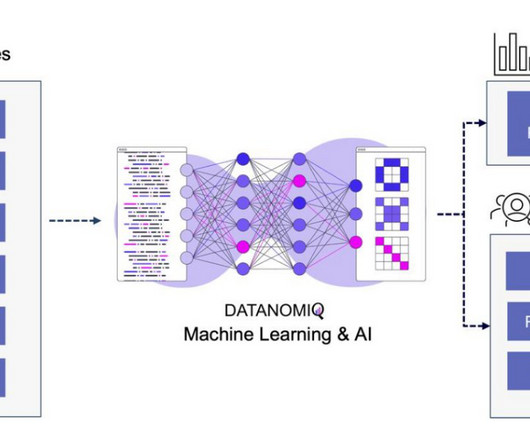
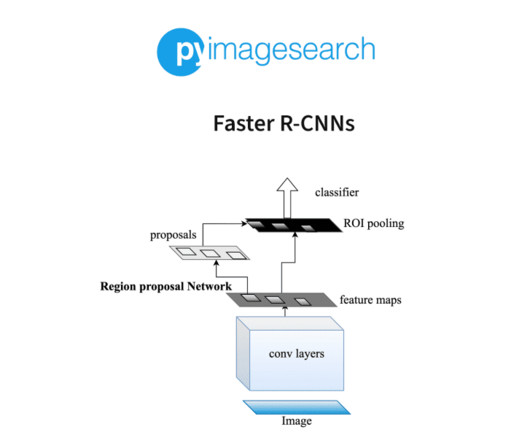
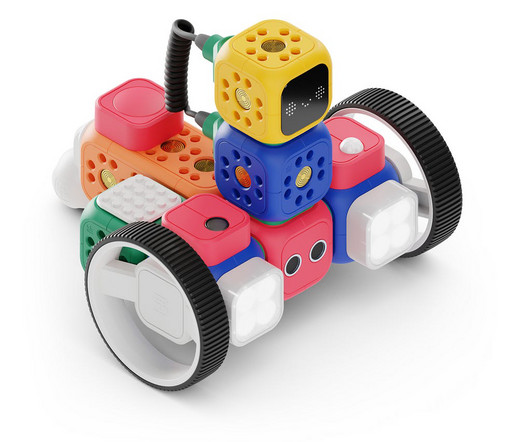


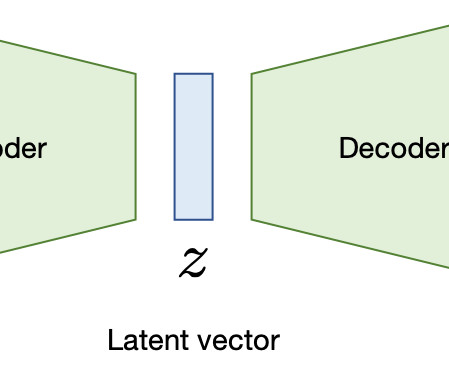
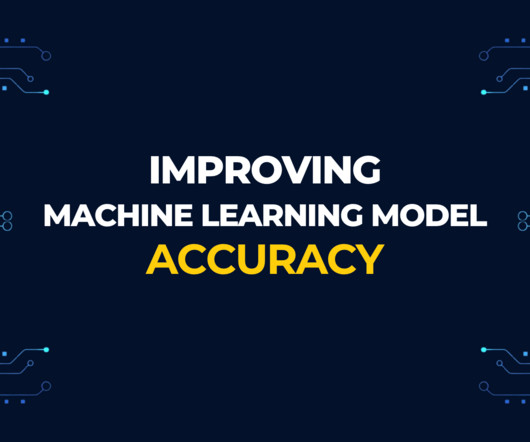
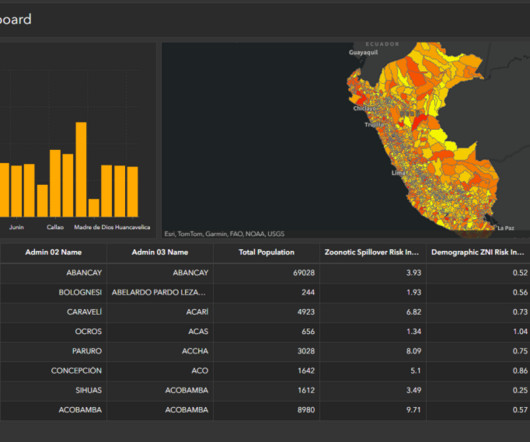






Let's personalize your content